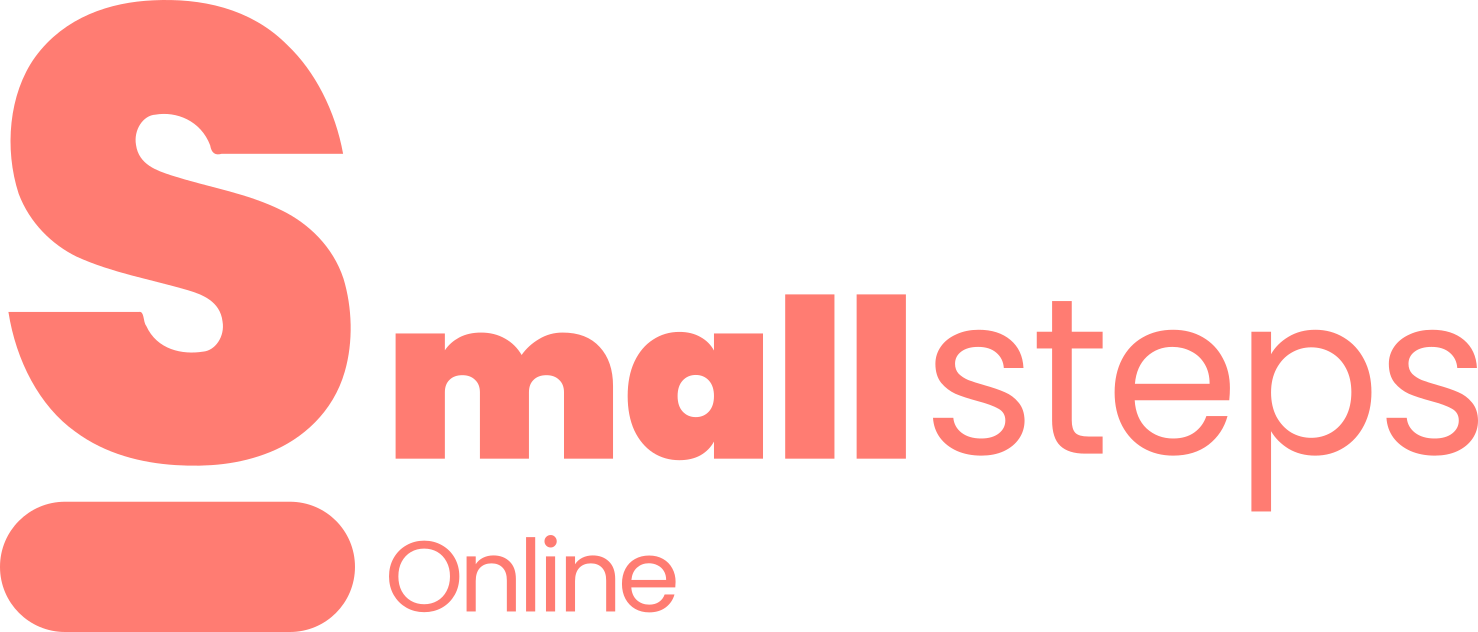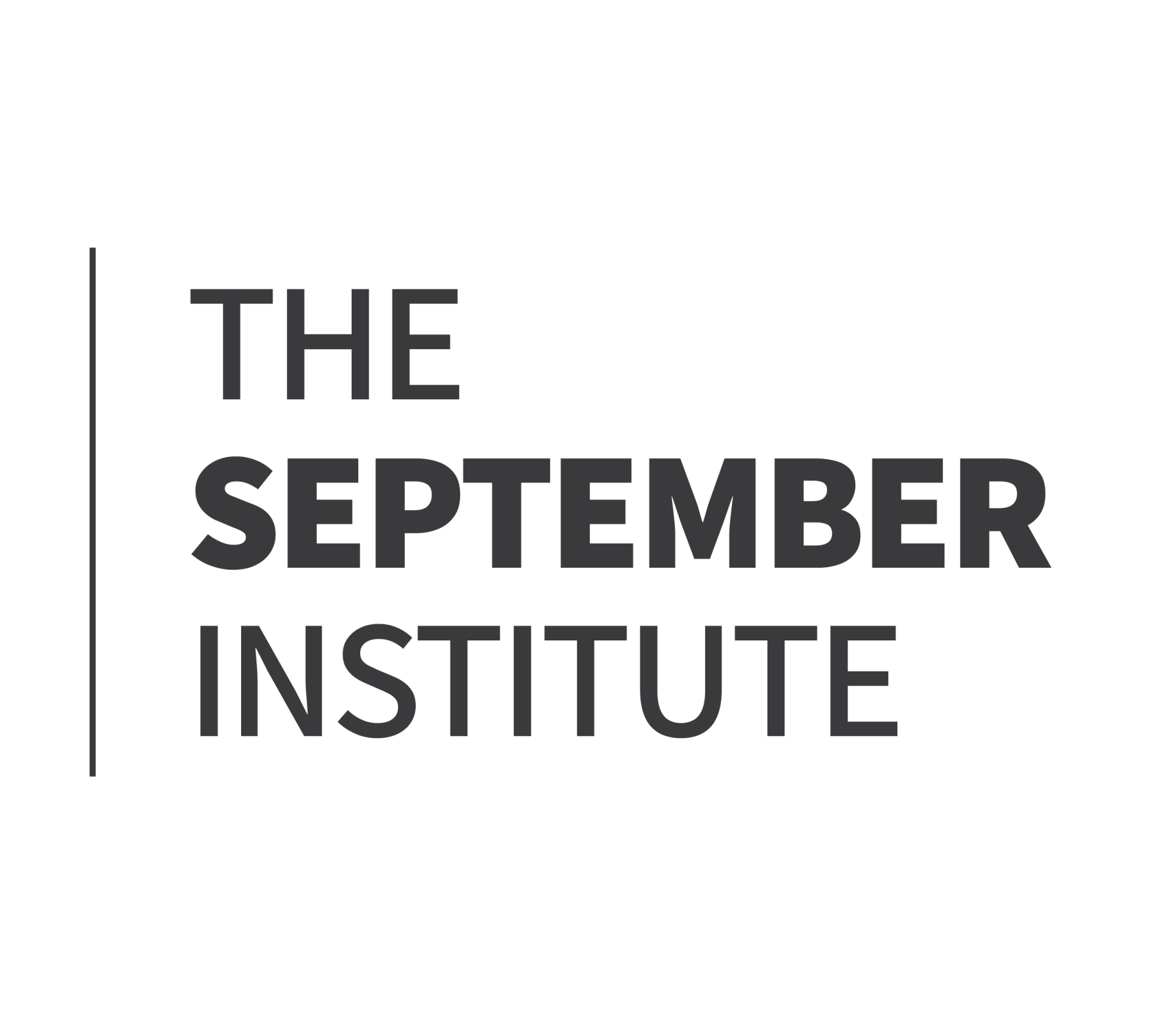Why Babbling Matters
For babies with Down syndrome, these early vocal experiments are especially important. Consistent exposure to language and responsive interaction can boost your little one’s receptive (understanding) and expressive (speaking) skills.
Babbling is more than adorable chatter—it’s your baby practicing the very skills they need to speak later on. When your baby repeats sounds like “ba-ba” or “da-da,” they are:
- Strengthening oral muscles for speech
- Learning the rhythm and melody of language
- Experimenting with cause-and-effect as they hear themselves and see your reactions
- Building the foundation for social interaction through turn-taking
For babies with Down syndrome, these early vocal experiments are especially important. Consistent exposure to language and responsive interaction can boost your little one’s receptive (understanding) and expressive (speaking) skills.
Practical Tips to Encourage Early Sounds
Here are some ways to support your baby’s speech development through everyday play:
1. Respond to Every Sound
Every coo, squeal, or babble is an opportunity for connection. Respond with words, smiles, or gentle touch to show your baby that their voice matters.
2. Repeat and Expand
Imitate the sounds your baby makes, and then expand them with simple words. For example: Baby: “ba” → Parent: “Ba! Ball!” Baby: “da” → Parent: “Da! Dog!”
3. Emphasize Mouth Movements
Exaggerate the movements of your lips and tongue when saying sounds. Babies learn a lot by watching your mouth, so clear articulation helps them imitate more accurately.
4. Use Repetitive Songs and Rhymes
Songs and rhymes provide rhythm, repetition, and predictable sounds. Try: “Twinkle, Twinkle Little Star” “Pat-a-Cake” “If You’re Happy and You Know It” (adding gestures)
5. Play Turn-Taking Games
Babbling is the first form of conversation. Pause after your baby vocalizes, giving them time to “reply.” This teaches early conversational turn-taking.
6. Introduce Gentle Tongue and Lip Exercises
Make funny faces together: stick out your tongue, blow raspberries, or smile widely. Encourage blowing through a straw in water or air to strengthen oral muscles. Practice simple “puff” sounds, like blowing a feather or bubble.
7. Pair Sounds With Gestures
Pairing gestures with early sounds helps your baby understand meaning and encourages communication. For example: wave while saying “ba” for “bye-bye.”
8. Use Visual and Auditory Cues
Clap your hands, shake a rattle, or use toys that make noise. Visual and auditory stimuli make sounds more interesting and motivate imitation.
Signs to Watch For
While every baby develops at their own pace, look for:
If these signs appear, consult your paediatrician or a speech-language therapist familiar with Down syndrome. Early guidance can make a significant difference in speech development.
Every Sound Counts
Even the smallest coo or “da-da” is a milestone worth celebrating. Your responsiveness, patience, and encouragement make language learning possible. Every babble is a stepping stone toward conversation, and every playful interaction strengthens your bond.
- Limited babbling or few consonant sounds by 8–9 months
- Little response to your voice or attempts at vocal play
- Minimal eye contact or engagement during interaction
If these signs appear, consult your paediatrician or a speech-language therapist familiar with Down syndrome. Early guidance can make a significant difference in speech development.
Every Sound Counts
Even the smallest coo or “da-da” is a milestone worth celebrating. Your responsiveness, patience, and encouragement make language learning possible. Every babble is a stepping stone toward conversation, and every playful interaction strengthens your bond.
Disclaimer: The information provided on Small Steps Online is for educational purposes only and is not a substitute for professional medical, therapeutic, or developmental advice. Always consult with qualified healthcare providers, therapists, or relevant professionals regarding your child’s specific needs and situation. The September Institute and Small Steps Online are not liable for any outcomes resulting from the use or misuse of the information shared here.


